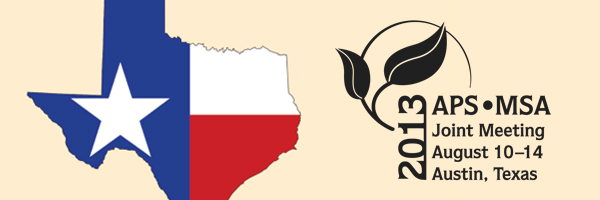APS Homepage
Back

Poster Session: Mycology
© 2013 by The American
Phytopathological Society. All rights reserved.
106-P
A critical look at comparative genomic approaches: What and how we can learn from a 1000 fungal genomes.
L. G. NAGY (1), D. Floudas (2), R. Riley (3), I. V. Grigoriev (3), D. Hibbett (2)
(1) Clark University, Worcester, MA, U.S.A.; (2) Biology Department, Clark University, Worcester, MA, U.S.A.; (3) U.S. Department of Energy, Joint Genome Institute, Walnut Creek, CA, U.S.A.
Large-scale genome sequencing projects generate unprecedented amounts of data with a great premise to understand genome evolution and the genetic bases of phenotypes. However, comparisons of multiple whole genomes pose significant analytical challenges, most importantly because of the phenomenon known as phylogenetic non-independence, which makes most traditional statistics inappropriate. Here, we present a new analytical strategy, COMPARE, which evades this problem and makes it possible to infer broad patterns of genome evolution, identify the genetic bases of phenotypic traits and to formulate functional hypotheses for gene families with unknown function. In brief, COMPARE relates gene duplication and loss history in multiple whole genomes to the evolution of the focal trait and filters genes that evolve in correlation fashion with the trait. COMPARE can be used on any collection of gene families and corresponding gene trees from whole genomes. The analytical strategy incorporates theoretical aspects of phylogenetic comparative methods, such as ancestral state reconstructions, Markovian models and parsimony mapping. COMPARE can produce hypotheses about the genetic toolbox of the trait and functional hypotheses for gene families even in the absence of transcriptomic data or a priori knowledge about function. In general, COMPARE is suitable to characterize patterns of genome evolution and evolutionary innovations using whole genomes and phylogenetic information.